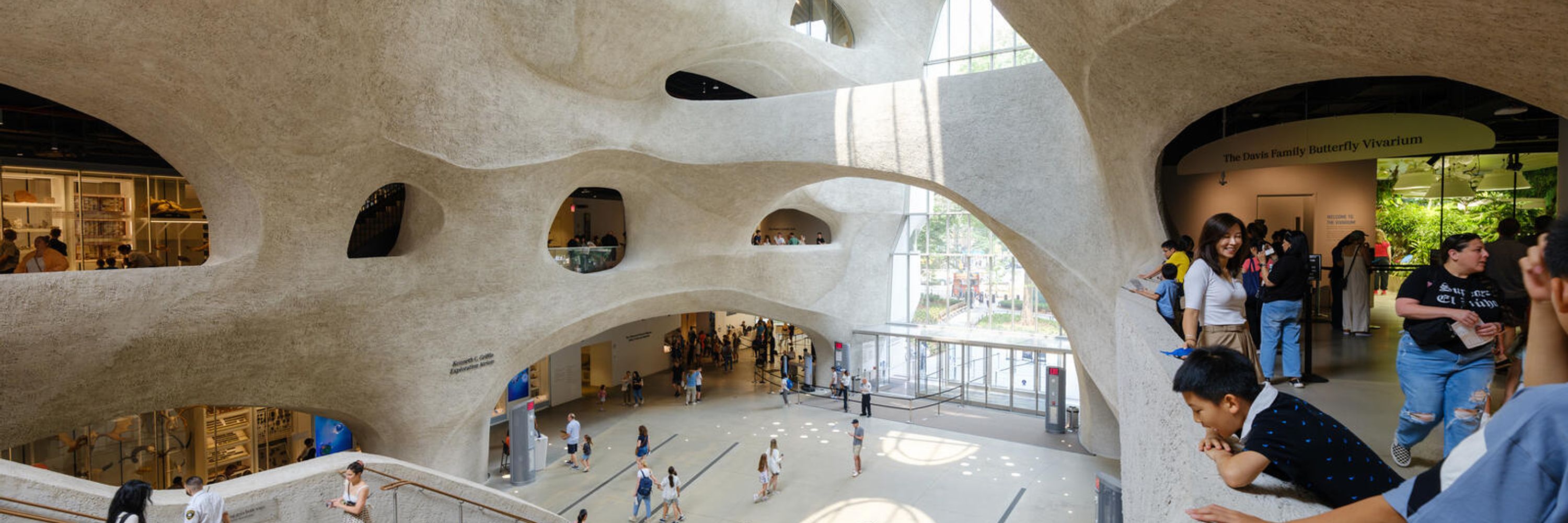
https://linktr.ee/amnh

🦃 For more details and tips, visit: bit.ly/4pRyfcv
🦃 For more details and tips, visit: bit.ly/4pRyfcv

Read more.👇

Read more.👇
📸: A. Keding/©AMNH




📸: A. Keding/©AMNH
Photo: Dash Huang, C BY-NC-SA 2.0, flickr

Photo: Dash Huang, C BY-NC-SA 2.0, flickr

Photo: Austin Smith, CC BY 4.0, iNaturalist

Photo: Austin Smith, CC BY 4.0, iNaturalist
Photo: Pedro Szekely, CC BY-SA 2.0, Wikimedia Commons

Photo: Pedro Szekely, CC BY-SA 2.0, Wikimedia Commons





📸: A.Keding & D. Kim/© AMNH



📸: A.Keding & D. Kim/© AMNH
Members see it first! Member Preview Days begin on November 14. Details: bit.ly/4qWC6WP
Members see it first! Member Preview Days begin on November 14. Details: bit.ly/4qWC6WP
Photo: Charles J. Sharp, CC BY-SA 4.0, iNaturalist

Photo: Charles J. Sharp, CC BY-SA 4.0, iNaturalist
Photo: Thomas Mesaglio, CC BY 4.0, iNaturalist

Photo: Thomas Mesaglio, CC BY 4.0, iNaturalist

Photo: 昆虫学liuye, CC BY-NC 4.0, iNaturalist

Photo: 昆虫学liuye, CC BY-NC 4.0, iNaturalist

Photo: Derek Keats, CC BY 2.0, flickr

Photo: Derek Keats, CC BY 2.0, flickr
Photo: Jim Sanderson, CC BY-SA 3.0, Wikimedia Commons

Photo: Jim Sanderson, CC BY-SA 3.0, Wikimedia Commons
The Hood Mockingbird inhabits the Galapagos’ Española Island. It typically dines on bird eggs & lizards. But during dry seasons, it uses its hooked beak to probe the flesh of animals for blood to drink.
📸: Laura Nunes, CC BY-NC-ND 2.0, flickr

The Hood Mockingbird inhabits the Galapagos’ Española Island. It typically dines on bird eggs & lizards. But during dry seasons, it uses its hooked beak to probe the flesh of animals for blood to drink.
📸: Laura Nunes, CC BY-NC-ND 2.0, flickr


